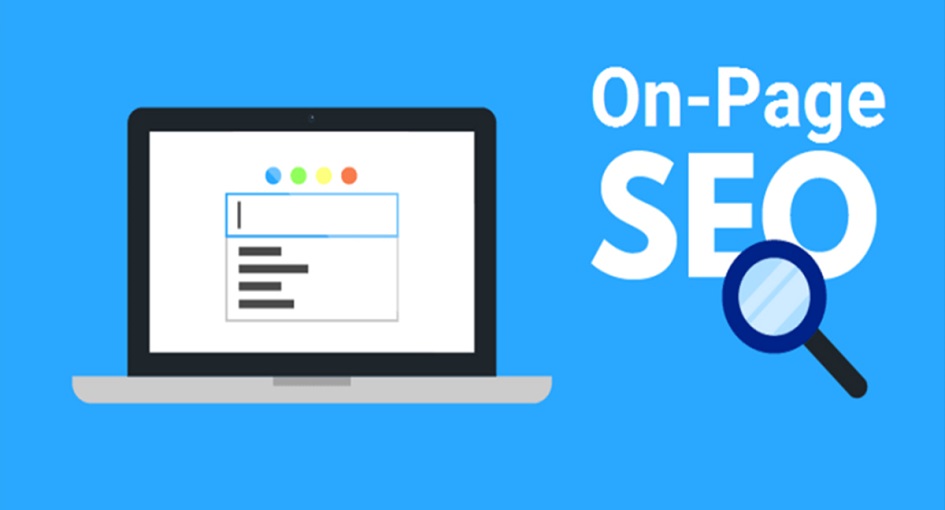
In the vast landscape of digital marketing, SEO (Search Engine Optimization) stands as a pillar of success. It’s the art and science of making your website not only visible but also relevant to the audience you seek. And within the realm of SEO, there’s a critical component known as On-Page SEO.
On-page SEO, often referred to as on-site SEO, is the practice of optimizing individual web pages to rank higher and earn more relevant traffic in search engines. Unlike Off-Page SEO, which focuses on external signals like backlinks and social media, On Page SEO deals with the optimization of content and elements on your website.
Keyword research is not just about finding relevant keywords; it’s about understanding user intent. Effective keyword research delves into user queries to decipher what they are genuinely seeking. It’s about discovering the language your audience uses to find information. By aligning your content with these insights, you ensure that your pages fulfill their search intent.
Pro Tip: Explore long-tail keywords, which are more specific and often easier to rank for, and consider factors like search volume and competition when selecting your target keywords.
Content is the heart of On-Page SEO. Creating high-quality, informative, and engaging content is crucial for SEO and user satisfaction. Search engines prioritize content that offers relevance, value, and a fresh perspective.
Pro Tip: Regularly update and refresh your content to keep it current and maintain its relevance. Engage your audience with compelling storytelling and visuals.
Title tags are among the first things users see in search results, making them a critical On Page SEO element. An optimized title tag is concise, clear, and keyword-optimized. It not only helps users understand the content of your page but also signals to search engines what the page is about.
Pro Tip: Keep your title tags within the recommended length (typically 50-60 characters) to ensure they display correctly in search results.
While meta descriptions may not directly impact rankings, they play a vital role in attracting clicks. A well-crafted meta description is a concise summary of your page’s content, designed to entice users to click through to your site.
Pro Tip: Focus on creating meta descriptions that are engaging and provide a clear preview of what users can expect when they visit your page.
Header tags (H1, H2, H3, etc.) provide structure to your content, enhancing readability and user experience. They also signal to search engines the hierarchy and importance of different sections on your page.
Pro Tip: Use header tags to break up your content into logical sections and incorporate relevant keywords where appropriate. This helps both users and search engines navigate your content effectively.
Internal linking is an essential On Page SEO practice. It involves linking to other relevant pages within your website. These links serve multiple purposes: they help search engine crawlers discover and index other pages on your site, establish the hierarchy and structure of your content, and improve user navigation. When implementing internal links, use descriptive anchor text that provides context about the linked page’s content.
Pro Tip: Create a logical internal linking structure that guides users through your site, and prioritize linking to cornerstone content that represents the core topics of your website.
As mobile device usage continues to rise, optimizing your web pages for mobile is no longer an option—it’s a necessity. Mobile optimization ensures that your site looks and functions seamlessly on various screen sizes and devices. Google, in particular, considers mobile-friendliness as a ranking factor. Responsive web design, fast-loading mobile pages, and touch-friendly navigation are all critical aspects of mobile optimization.
Pro Tip: Use Google’s Mobile-Friendly Test to check if your pages are mobile-ready and address any issues to provide an excellent mobile user experience.
In conclusion, On-Page SEO stands as a beacon of user-centricity. It’s about aligning your website’s content with the intent and expectations of your audience. It’s not merely a set of tactics; it’s a philosophy of providing value and relevance.
Mastering On Page SEO involves a blend of art and science. It’s the art of understanding your audience’s needs and crafting content that resonates with them. It’s the science of optimizing that content so search engines recognize its worth.
By embracing the key elements of On Page SEO, you’re not just enhancing your website’s search engine visibility; you’re delivering a superior user experience. You’re ensuring that your content not only ranks well but also fulfills its purpose – to inform, entertain, and engage your audience. And in this ever-evolving digital landscape, that’s the recipe for long-term online success.